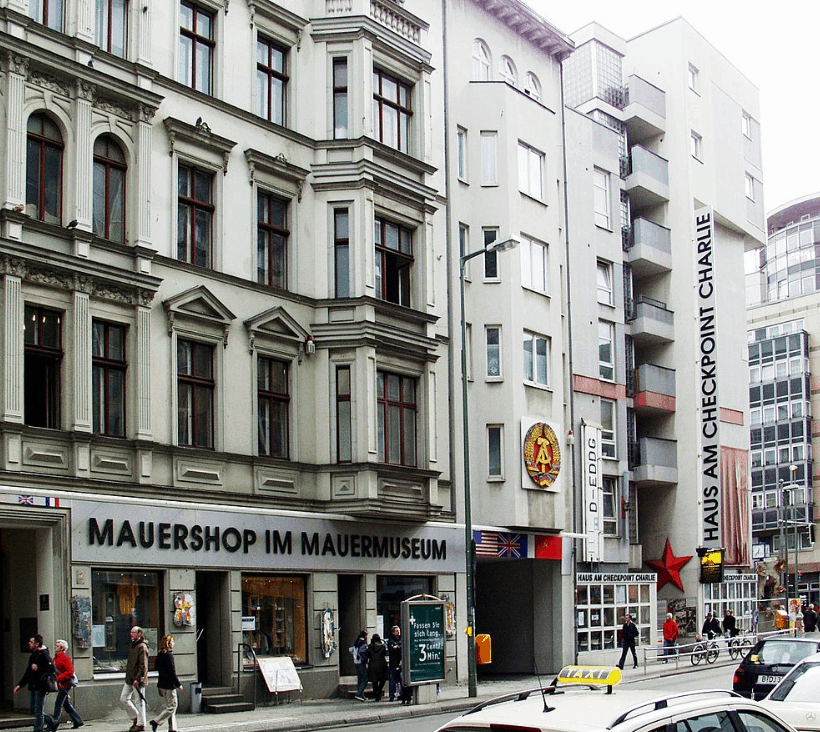If you wanted to cross the Berlin Wall, then this is one of the places you could pass.
In this post, you’ll discover the most interesting facts about Checkpoint Charlie, one of the most infamous landmarks in Berlin.
1. Crossing from east to west was easy before 1952
After World War II, the Eastern Bloc was formed and East Germany was included. This resulted in a massive wave of emigration as many highly educated people fled Communist East Germany for the promised land, West Germany.
And this wasn’t just a couple of hundred people either. It’s estimated that about 3.5 million people managed to escape East Berlin by 1961, which was about 20% of the population.
Needless to say that when most of the highly educated and highly skilled citizens flee a country, the economy of that country will suffer. Hence, under the command of East German leader Walter Ulbricht, the Berlin Wall was constructed to avoid further emigration to the west.
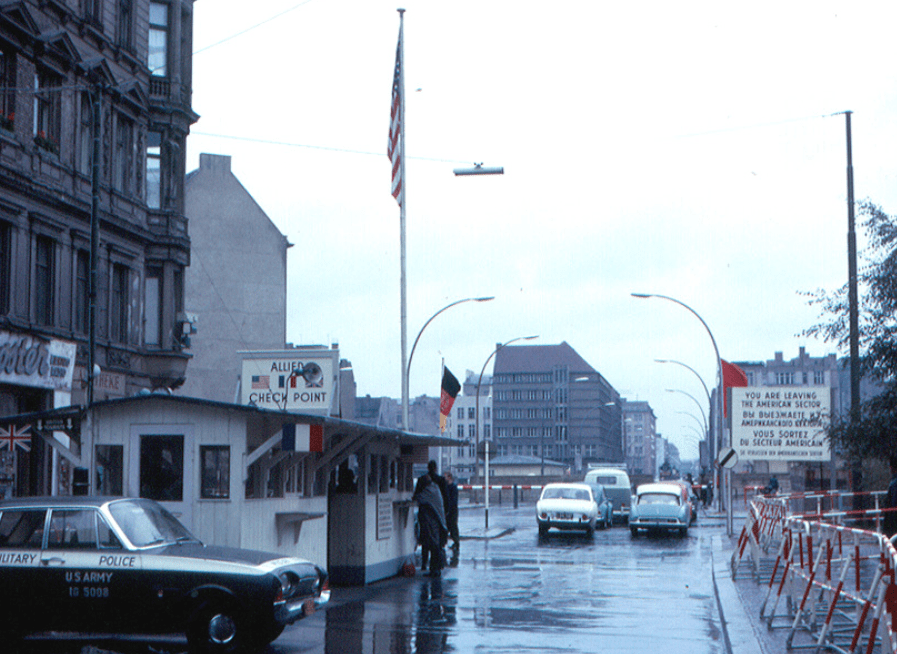
2. Checkpoint Charlie was the most famous Berlin Wall crossing point
In the first seven months of 1961, about 207,000 East Germans escaped to the west, mainly through the Berlin sector which wasn’t protected as well as other parts of the border. The situation was unsustainable and a barbed-wire fence was constructed, followed by an actual stone wall.
Several checkpoints were integrated into the border wall of which Checkpoint Charlie was the most famous, something that was emphasized by a visit of American President John F. Kennedy in 1963.

3. It could only be crossed by foreigners
One of the most interesting facts about Checkpoint Charlie is that it wasn’t meant to let East Germans with legitimate documents pass through. It was solely meant for foreigners and members of the allied forces to pass the border.
This simply means that if you were a foreigner before 1990, Checkpoint Charlie was the only way to get from East to West Germany on foot or by car (unless you wanted to risk your life)!
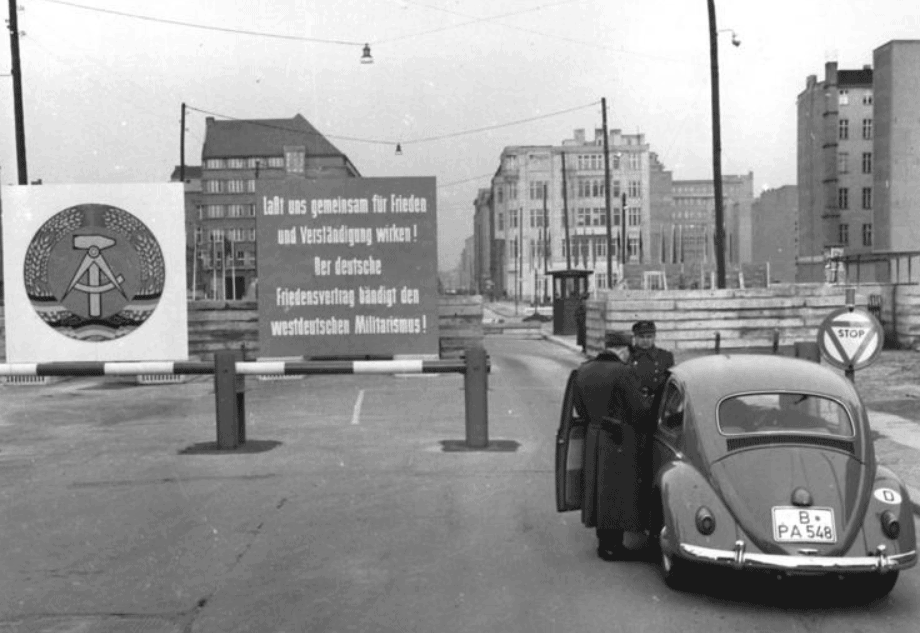
4. It’s located in the Friedrichstadt neighborhood of Berlin
The checkpoint was a section of the Berlin Wall that ran through the heart of Berlin. It’s located at the junction of Friedrichstraße with Zimmerstraße and Mauerstraße in the Friedrichstadt neighborhood, right in the center of the city.
Checkpoint Charlie is just a few hundred meters to the east of Postdamer Platz and a bit further to the Southeast of the Brandenburg Gate and the Reichstag Building.
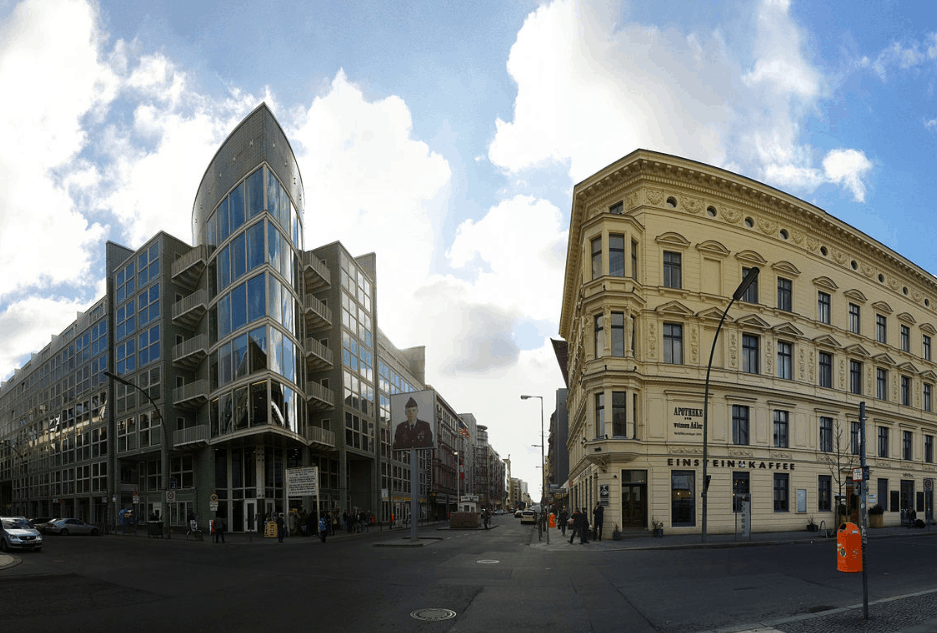
5. How did Checkpoint Charlie get its name?
The name Checkpoint Charlie, also sometimes referred to as “Checkpoint C,” wasn’t given by the East Germans, that’s pretty clear. It was a name given to the checkpoint by the Allied forces.
The Soviets referred to the crossing as “Friedrichstraße Crossing Point” and the East Germans called it the “Grenzübergangsstelle (“Border Crossing Point“) Friedrich-/Zimmerstraße.”
Creativity just wasn’t their thing…
The name was derived from the NATO phonetic alphabet. Since the checkpoint was the third crossing, it was referred to as Charlie, which is how the letter C is referred to.
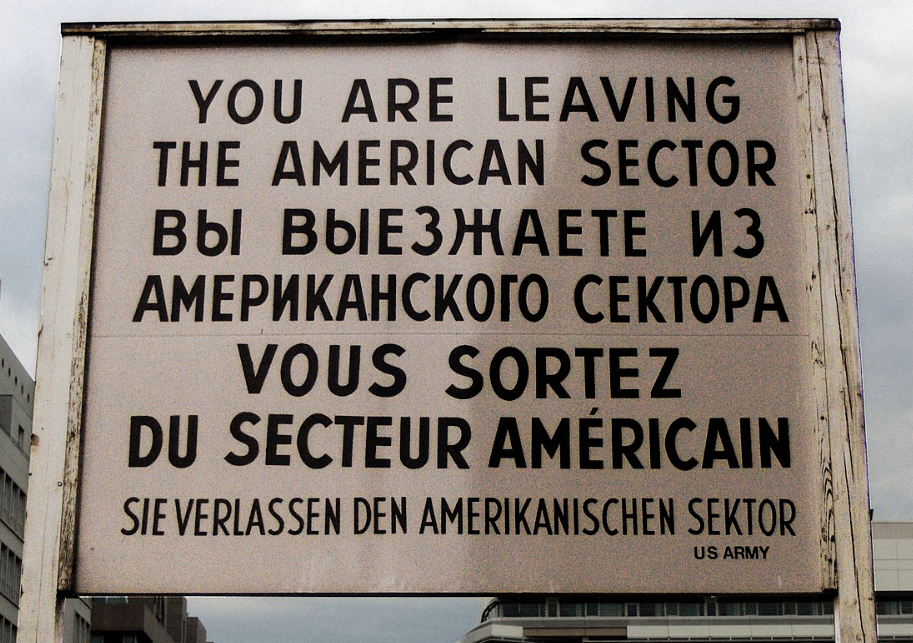
6. It had a few counterparts with similar names
Because the NATO phonetic alphabet was used to define these crossings, Checkpoint Charlie had a few counterparts with similar names as well.
One of them was “Checkpoint Alpha” located at Helmstedt. Another one was “Checkpoint Bravo” at Dreilinden, Wannsee in the southwest neighborhood of Berlin.
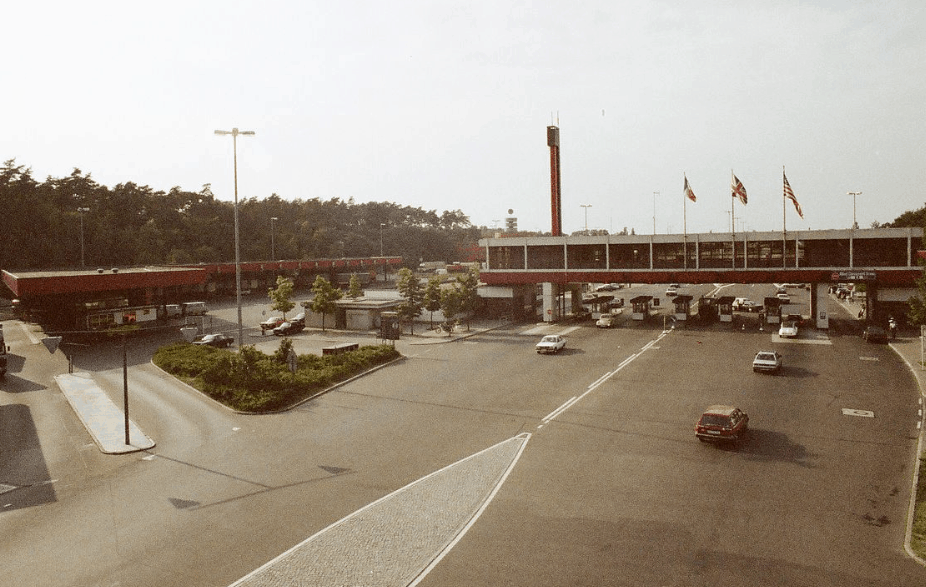
7. It was the scene of a stand-off between US and Soviet tanks
One of the tensest moments of the entire Cold War happened shortly after the Berlin Wall was completed in October of the year 1961. East German officers had a bit too enthusiastic to search an American crossing the border, resulting in a stand-off between 10 Soviet and 10 US tanks at Checkpoint Charlie.
The main problem was that the Americans didn’t recognize the East German State yet at that time and the Soviets had given full control to East Germany to protect their border.
The issue ended up being resolved peacefully with the help of Attorney General John F. Kennedy, who successfully managed to arrange a peace deal with KGB spy Georgi Bolshakov. This resulted in the stand-off ending peacefully on October 28, 1961.
Sounds like a good plot for a spy movie, don’t you think?
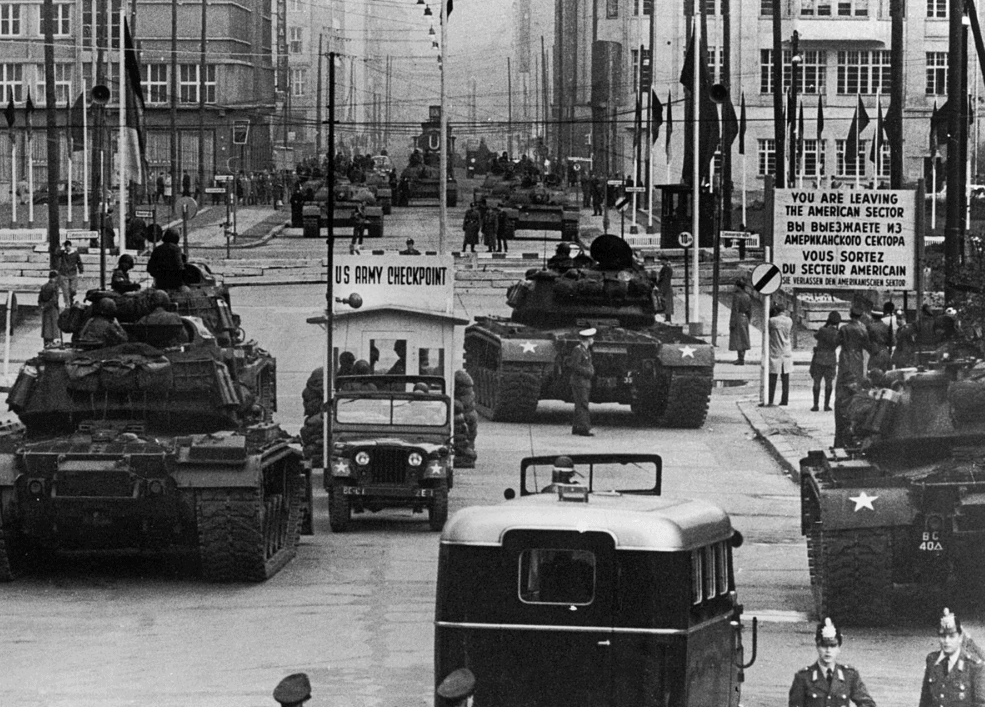
8. A tragic event happened in 1962 in full view of the world
Millions of people had escaped East Germany before the Berlin Wall was constructed in 1961. Some people were simply too late as the security system had received an immense upgrade.
One of these people was 18-year old Peter Fechter, who tried to escape East Germany on August 17, 1962. He was shot in the pelvic area by East German officers and bled to death in front of the whole world to see.
One of the most tragic facts about this event was that it took more than one hour before East German guards removed his body. Because he lied just a few meters inside the East German border, he couldn’t be saved by American soldiers as well.
Peter Fechter now has a memorial cross located near Checkpoint Charlie, together with dozens of other people who needlessly lost their lives because of politics.
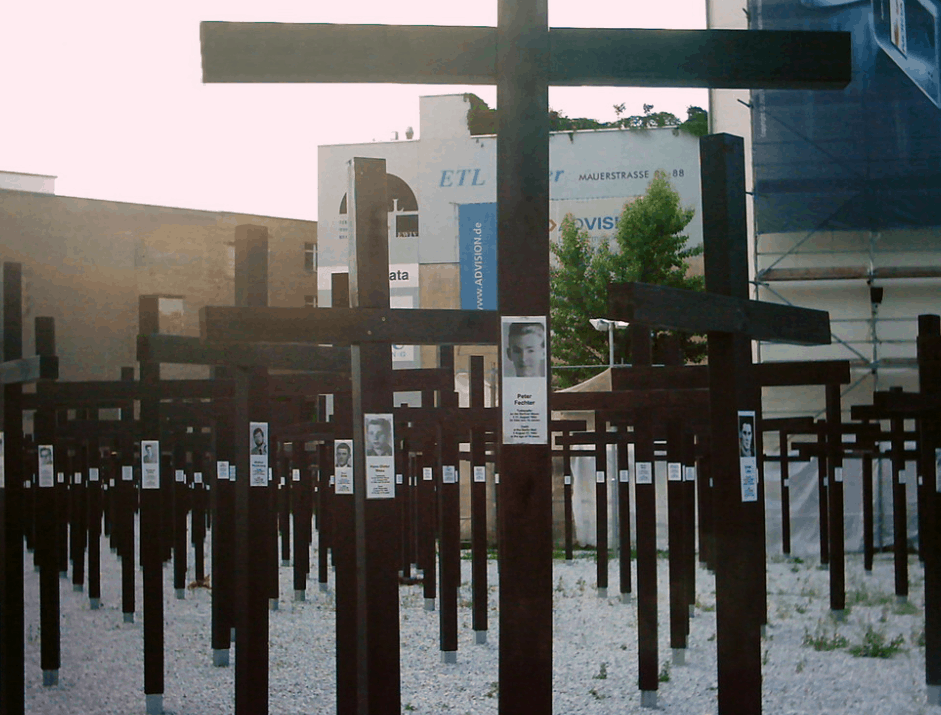
9. It remained active even after the Berlin Wall was taken down
The Berlin Wall was torn down in November of 1989. The famous checkpoint booth was removed on June 22 of the following year.
Another one of those peculiar facts about Checkpoint Charlie is that it remained an official crossing for foreigners and diplomats until German reunification in October 1990. This is nearly a year after the fall of the Berlin Wall and several months after the official booth was removed.
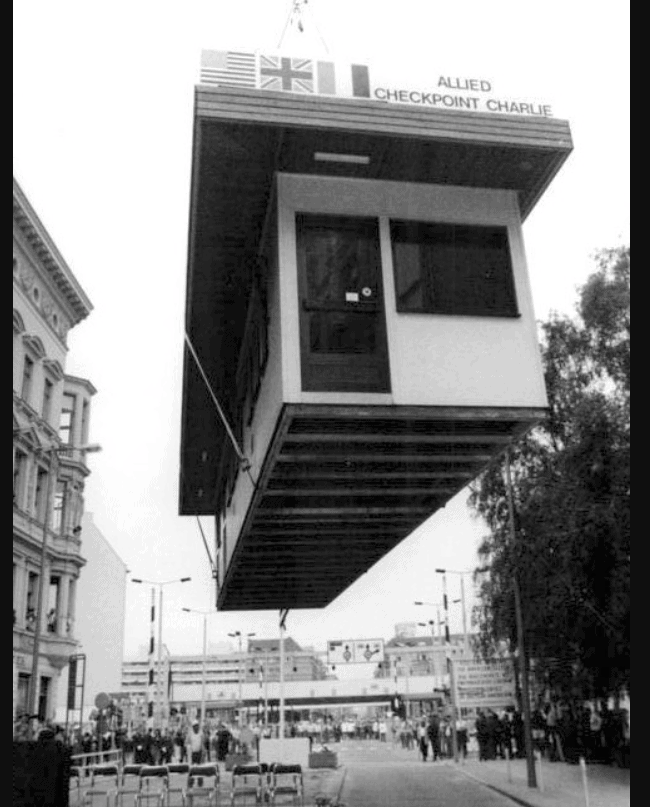
10. The original guardhouse is on display in the Allied Museum
So where did the Checkpoint Charlie booth go from there? Did they throw it in the garbage because it brings back too many bad memories?
The official guardhouse is now located at the “AlliiertenMuseum” or “Allied Museum.” This museum displays numerous artifacts related to the Allied Forces in the period between 1945 and 1994, especially related to their contribution towards the reunification of Germany.
The booth has found a permanent home and acts as a reminder of Germany’s turbulent history.
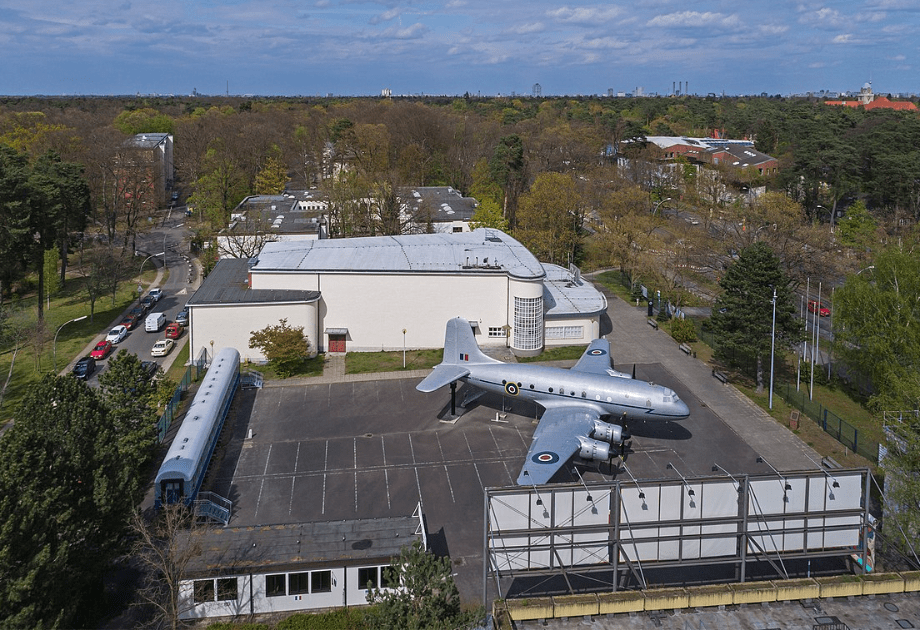
11. Checkpoint Charlie has become a popular tourist attraction in Berlin
Right now, Checkpoint Charlie serves as a very important historical site and tourist attraction in Berlin and multiple elements of how things looked like during the Cold War have been reconstructed. This includes a line of cobblestones where the Berlin Wall used to be and a copy of the original guardhouse was placed on its original location.
The guardhouse that was removed in 1990 wasn’t the original one though and as much larger than the original of 1961, which is what the copy was based on.
The final functional element of Checkpoint Charlie was the iconic watchtower. This was removed by a developer who planned to build office buildings on its location, a plan that was never fulfilled. The original watchtower was removed in the year 2000.
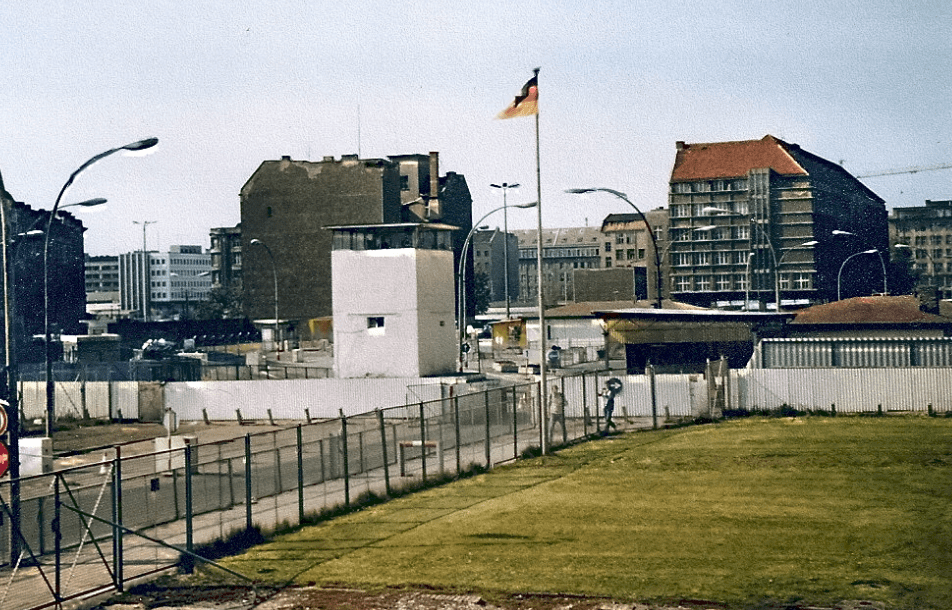
12. The Wall Museum is one of the most popular museums in Germany
Want to learn everything about Checkpoint Charlie and its history? Then you can visit the “Checkpoint Charlie Museum,” referred to as the “Mauermuseum – Museum Haus am Checkpoint Charlie.”
This unique museum paints a complete picture of the Berlin Wall and the checkpoint and displays a lot of information about successful escape attempts, including artifacts used during these attempts such as a hot-air balloon, escape cars, chair lifts, and a mini-submarine.
This museum opened its doors on June 14, 1963, and is located right across the replica of the original guardhouse. It has become one of the most popular museums in all of Berlin and even Germany as it welcomes over 850,000 visitors every year!
